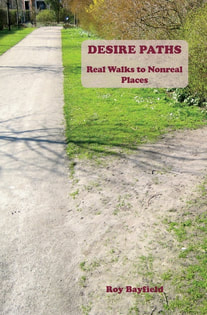|
Imprint: Triarchy Press
Extent: 142pp. Size: 15.2 x 22.9 cm ISBN: 978-1-911193-04-3 List Price: £15 Tags: walking, drift, dérive, Roy Bayfield, mis-guides, phil smith, Argleton, mythogeography, psychogeography. Save 20%
on the list price when you buy direct from us. Use code tpdirect at checkout for a 20% discount. Buy the paperback (£15)
|
|

